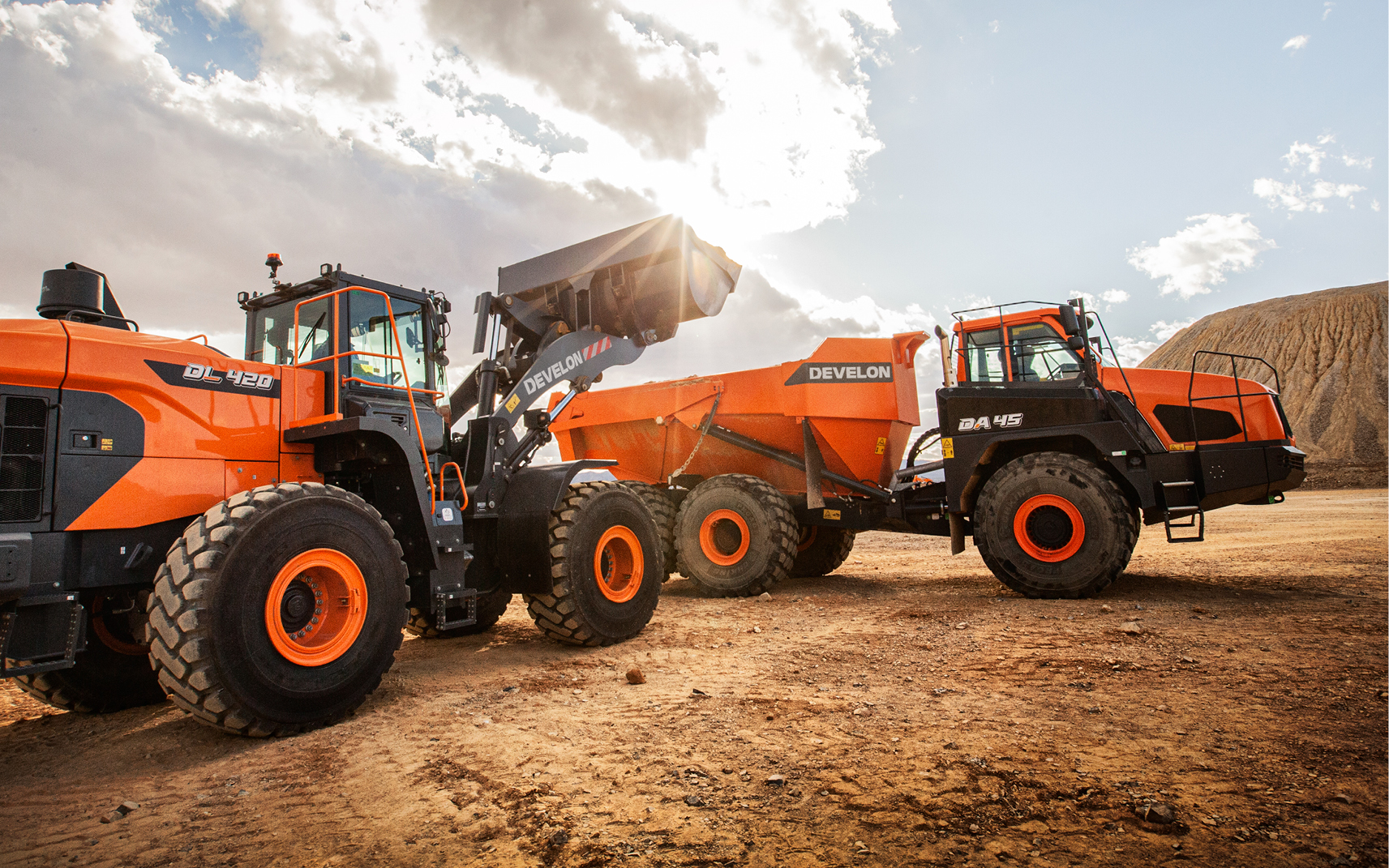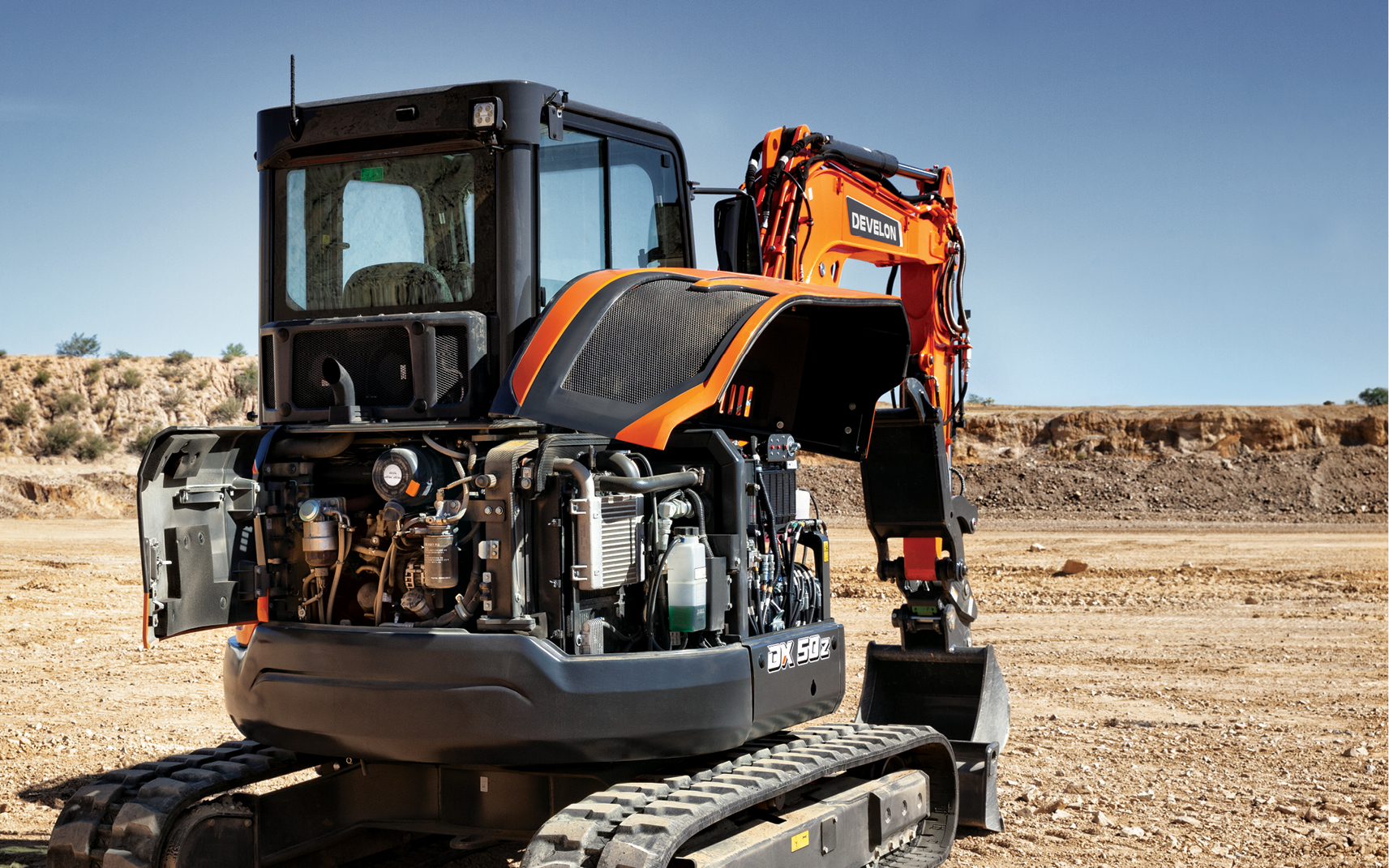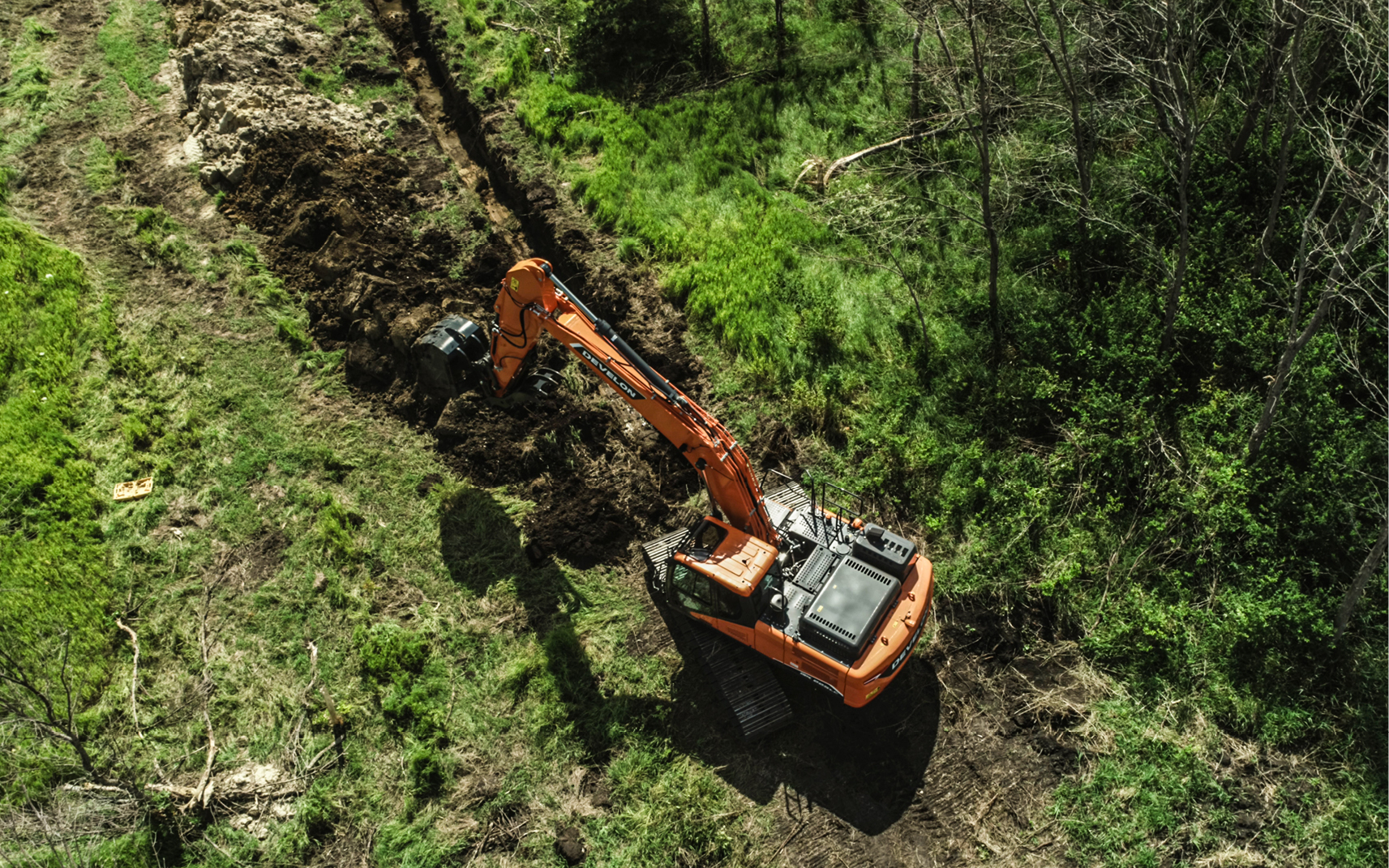Mini excavators are essential on many job sites. Demand is rising for mini excavators due to their compact size, versatility, and productivity. These features make them ideal for a variety of projects.
Are you wondering how to choose the best mini excavator for your project? The right approach depends on your needs. One of the first questions to ask is, “What are my primary tasks and projects that require a mini excavator?”
As you evaluate your mini excavator needs, consider the size and scope of your projects and where you’re typically working. Consider any specific requirements or limitations of your job sites.
Choosing the Best Mini Excavator for Your Project
Deciding which small excavator model is best for your needs can be intimidating. A good way to narrow your selection is to consider the following criteria:
- Digging depth and reach
- Engine horsepower
- Hydraulic flow
- Lifting capacity
- Machine size
- Operating weight
- Tail swing type
Digging depth and reach are important when selecting a mini excavator. Standard excavator arms are suitable for trenching and lifting, while long-arm options provide greater digging depth and reach.
When selecting a model in your size class, consult a local dealer for the recommended engine horsepower and inquire about fuel efficiency and maintaining productivity with a smaller diesel engine.
Once you’ve chosen the size class and arm type, discuss bucket sizes and attachments with your dealer. Thumb attachments are popular for grabbing and lifting objects, while augers, hydraulic breakers, and grapples enhance versatility.
Some mini excavator manufacturers offer specialty attachments for vegetation management, such as brush cutters, mulching heads, and forestry mulchers. These attachments are commonly used for trail projects, such as trail construction or trail building. In this type of application, a mini excavator may be paired with a skid steer to efficiently manage materials.
Once you’ve identified your top priorities, narrow your focus to models that meet your weight, transportation, and size requirements.
Evaluate Maneuverability and Accessibility
Among the many benefits of mini excavators is their ability to work in tight spaces. You can choose from the following tail swing types to best match your needs.
- Conventional tail swing
- Minimal tail swing
- Reduced tail swing
- Zero tail swing
Evaluate the mini excavator’s track width and ground clearance when considering a model. Conventional tail swing mini excavators, like the DX42-7, are generally narrower than reduced and zero tail swing excavators, such as the DX50Z-7. This is important when maneuvering through gates or narrow passages.
Zero tail swing mini excavators allow you to work next to existing objects with reduced risk of accidental contact. The excavator structure can be rotated to maneuver closer to buildings.
Consider the importance of maneuverability when choosing a mini excavator. The ability to navigate through tight spaces and maneuver with ease is crucial for the following tasks:
- Digging stumps
- Land clearing
- Landscaping
- Mulching
- Trail building
Prioritize Operator Comfort and Safety
After selecting the size class, horsepower and tail swing configuration, check the cab for operator comfort and safety features. Mini excavators now offer comfort features comparable to those on larger equipment, including air conditioning and heating. This premium feature comes standard on DEVELON mini excavators but may only be an option for other brands.
You can work in comfort thanks to the ergonomic seat and joystick controls. Buttons on the joysticks allow you to control the excavator and specific machine functions without removing your hands.
Large windows provide excellent visibility to the sides and front of the machine. Additionally, a rearview camera enhances your visibility to the back of the machine and the surrounding area.
Check Maintenance and Service Access
A frequently asked question among mini excavator buyers is, “Is the machine easy to maintain and service?” The best way to evaluate serviceability is during a machine demo or by visiting a dealership. You can open machine panels and inspect the most common areas for routine maintenance.
Talk to your local dealer about the availability of service and support. Are the dealership’s service and parts departments readily available to help answer your questions? Does the dealership stock common mini excavator parts?
Ask about the machine warranty and what’s covered before making a purchase. Visit your dealer to discuss your job site situations and whether you may want to consider an extended warranty for your mini excavator.
Explore our extensive selection of mini excavators, from the compact 2-metric-ton DX27Z-7 to the impressive DX89R-7, our largest model. Our range encompasses conventional, reduced and zero tail swing options, ensuring that you can find the perfect match for your job site requirements.
When you’re ready for a mini excavator demo or to speak to a sales specialist, use our “Find a dealer” page to locate your nearest dealer. And check out our mini excavator special offers.



